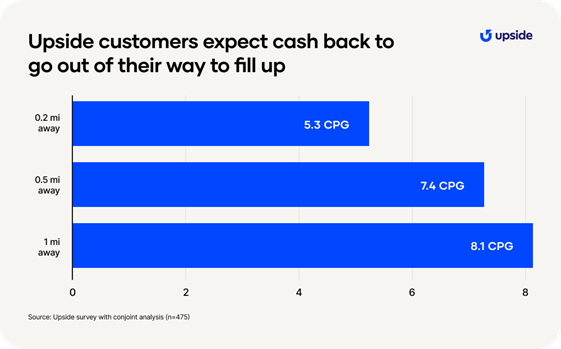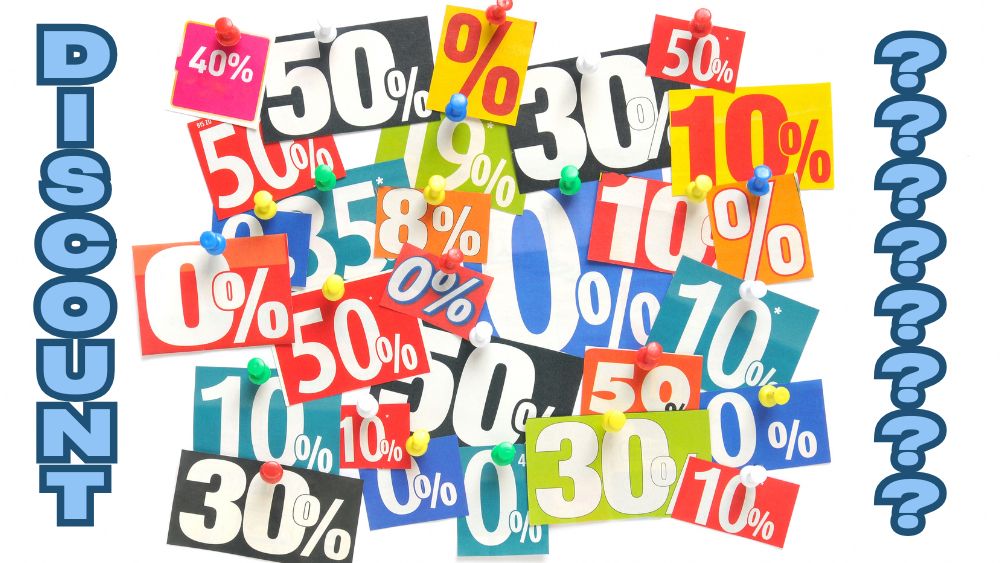We break down key factors that influence how static fuel discounts drive consumer behavior and impact retailer profitability
Customers are always looking for ways to save at the gas pump, and retailers continually search for unique ways to provide them with the value they’re looking for. Though fuel is a competitive industry where any edge over the competition could turn out to be critical, many retailers rely on a common strategy to influence more visits: a static discount.
The discount, often in the neighborhood of 5 cents per gallon, is usually available to loyalty members, branded credit card holders, or users of a strategic partner service.
And while these discounts are everywhere, the effectiveness of static promotions depends on a number of factors — many of which are constantly in flux.
The dynamics of static discounts at the pump
When it comes to brick-and-mortar retail transactions, all consumers have friction — a thing, perception, or circumstance standing in the way of a purchase at a given store. The purpose of a fuel discount, then, is to provide the incentive that overcomes the shopper’s friction. A static 5 cent-per-gallon discount on a refuel usually earns the consumer between $0.75 and $1.00, depending on their tank size, offering a tangible benefit.
Though static discounts offer consistent value, consumer value points often change. The amount that a given shopper needs to motivate a change in their usual behavior can vary, based on a few factors.
- Their location: The offer that a consumer would need to influence a change in behavior varies, depending on that customer’s distance from the gas station. Upside research shows that a customer 1 mile away, for instance, needs a larger promotion to influence a change in behavior than a customer that’s only two-tenths of a mile away. Industry data supports our findings — a report from the National Bureau of Economic Research indicates that drivers won’t go two minutes out of their way for savings of less than 9 cents per gallon at the pump.

- Sign price: When sign prices are higher, consumers expect higher discounts. In America, where sign prices can look dramatically different across regions, a 5-cent discount might not mean the same to a consumer in California as it does to a consumer in Louisiana.
For retailers, the feasibility of a static discount depends on a few external factors.
- Margins: Profit margins fluctuate throughout the year, and high sign prices are not always indicative of high profit, because retailers often pay higher rack prices during those times. And just as sign prices differ by region, retailer margins do, as well.
- Fuel grade: Whether you’re buying regular or premium fuel, static offers don’t change. If the retailer offered a higher promotion on premium fuel grade, it could encourage consumers to upgrade — but as it stands currently, consumers are most incentivized to purchase regular fuel, their cheapest option.
The takeaway? The effectiveness of a static discount is relative, and it’s always changing.
Stay ahead with Fuel Trends by Upside
Understanding the market forces that shape consumer behavior and retailer profitability is crucial to getting the most out of your promotions. Fuel Trends by Upside helps retailers to make sense of shifting margins, consumer preferences, and regional differences.
This resource for tracking and understanding fuel and c-store trends is based on information from over 20,000 retail sites, making it the largest single collection of industry data in the United States. Our monthly updates provide a clear picture of national and regional trends so retailers can benchmark their performance against the market.
Bookmark Fuel Trends by Upside for fresh industry insights — and use that information to make smarter, more informed decisions.

